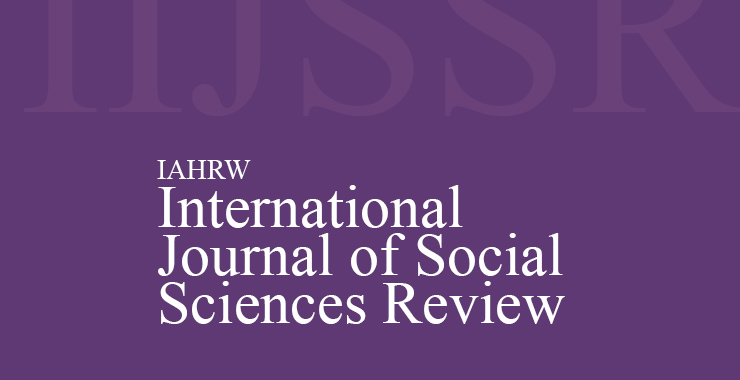Patterns and Determinants of Kisan Credit Card Loans among Marginal Farmers in Haryana
Original price was: ₹ 201.00.₹ 200.00Current price is: ₹ 200.00.
Page: 389-394
Shital Das, Vinod Kumari, and Subhash Chander (Department of Sociology, Chaudhary Charan Singh Haryana Agricultural University, Hisar, Haryana)
Description
Page: 389-394
Shital Das, Vinod Kumari, and Subhash Chander (Department of Sociology, Chaudhary Charan Singh Haryana Agricultural University, Hisar, Haryana)
The Kisan Credit Card scheme was introduced by the Government of India to provide timely and affordable institutional credit to farmers, particularly marginal and smallholders. This study explores the utilization patterns, loan characteristics, and repayment behavior associated with KCC loans among marginal farmers in Haryana, based on primary data collected from 320 respondents across two agro-climatic zonesKurukshetra and Karnal (Eastern Zone) and Charkhi Dadri and Mahendergarh (Western Zone). The findings reveal that 49.68% of the respondents availed both institutional and non-institutional loans, reflecting a continuing dependence on informal credit even among KCC beneficiaries. Among institutional borrowers, a significant proportion (54.96%) utilized both KCC and term loans, suggesting bundled credit practices. The majority of KCC loans (74.52%) were sourced from commercial banks, and more than 83% of the respondents received loans ranging from ₹50,000 to ₹1,50,000. The analysis further shows strong associations between socio-economic factors and the quantum of KCC loan sanctioned. Variables such as education, landholding size, income level, and extension contact were statistically significant in shaping access to larger loan amounts. While 67.31% of the borrowers reported regular repayment behavior, 32.69% were irregular or non-repaying, raising concerns about financial literacy and follow-up mechanisms. Overall, the study concludes that while KCC has improved formal credit access for marginal farmers, socio-economic disparities continue to influence loan usage and repayment patterns. The findings underscore the need for differentiated credit policies, enhanced financial awareness, and targeted interventions to bridge structural gaps in rural credit delivery.

